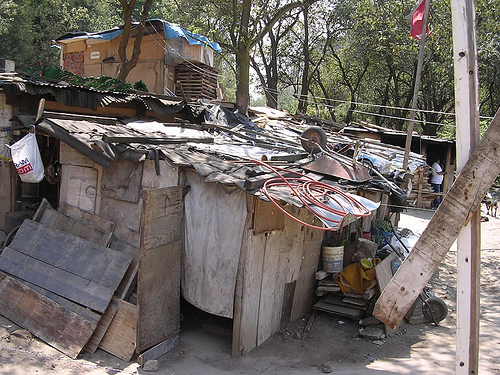Mike Davis posits that slums are ground zero for pandemics. Mega-slums are where pandemics gain new life.
Mike Davis, a recipient of the MacArthur “genius” award, is author of The Planet of Slums. The following is adapted from an interview with NPQ editor Nathan Gardels.
The global pandemics we see today tend to originate and spread from impoverished slums that push humans into close proximity with animals and food sources, thus providing an incubator for viruses that would otherwise die out or go dormant. Pandemics are thus closely linked to the emergence of “hot zones” in what I call “the planet of slums.”
Using conservative definitions by the United Nations Habitat office, there are today 1 billion people living in slums globally. A slum is defined by substandard housing with insecurity of tenure and the absence of one or more urban services and infrastructure—sewage treatment, plumbing, clean water, electricity, paved roads and so on.
via NPQ.
Many of the largest slums? Latin America. The biggest such slum in the world? Just south of Mexico City. As H1N1 has to be dealt with, we must begin to realize that it keeps popping up in North America for a reason. Other people’s poverty matters.


